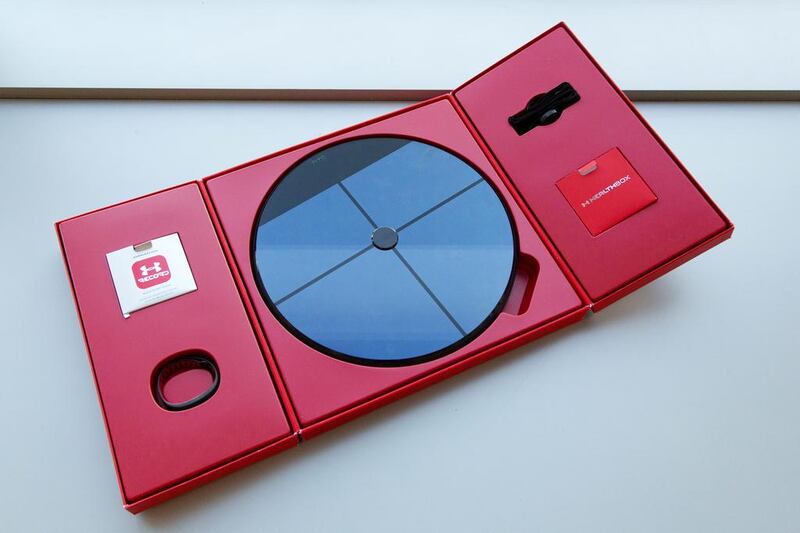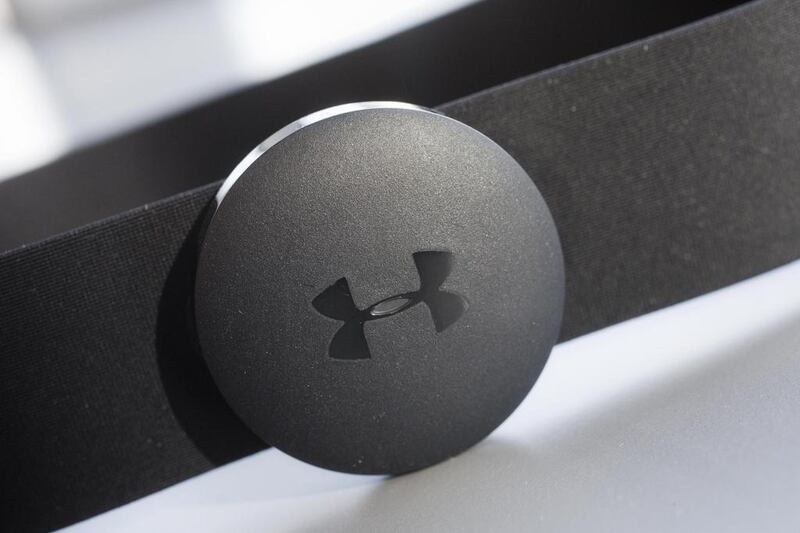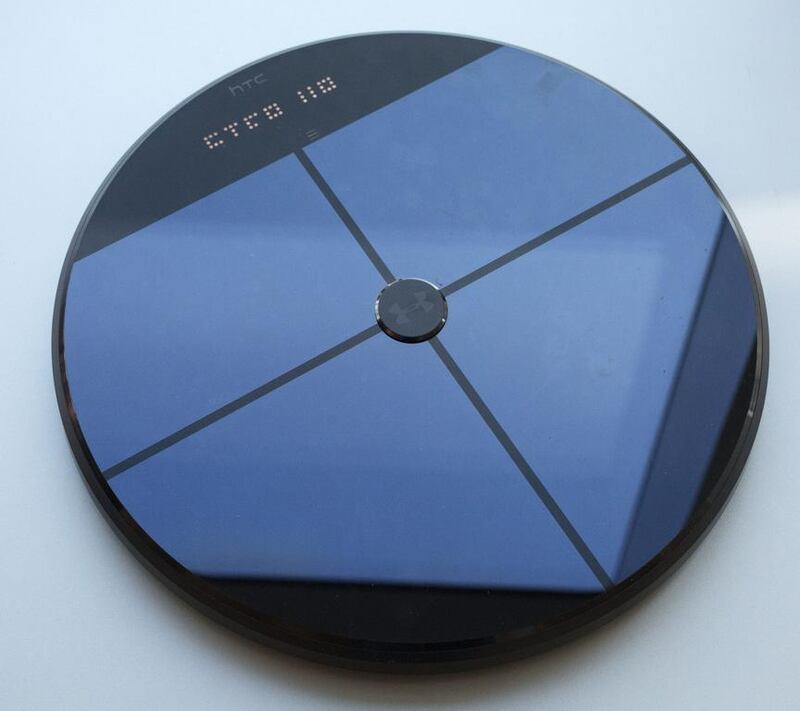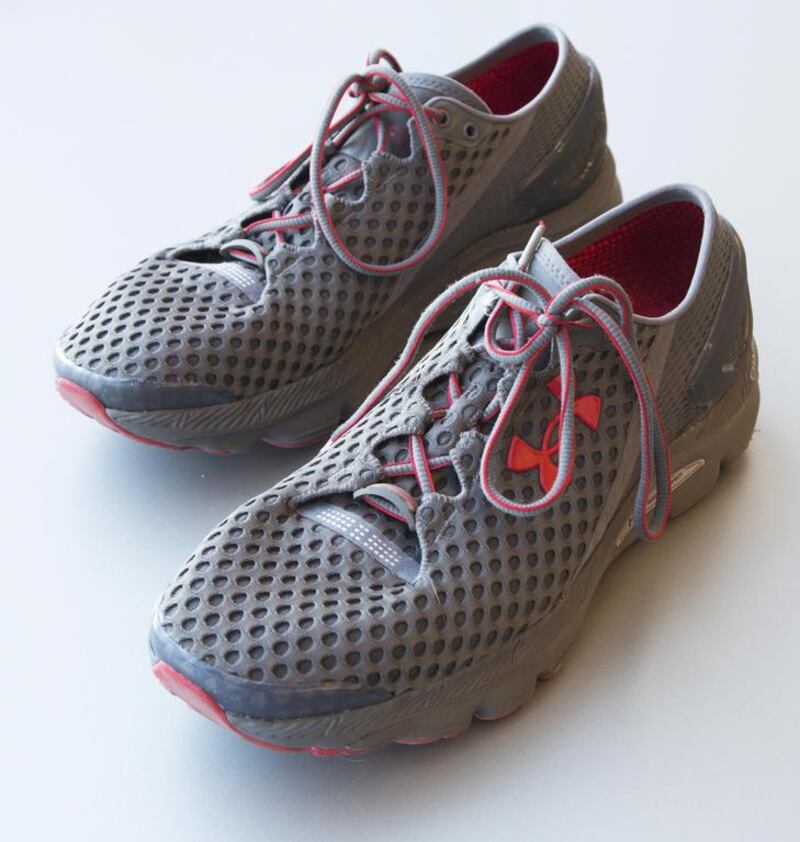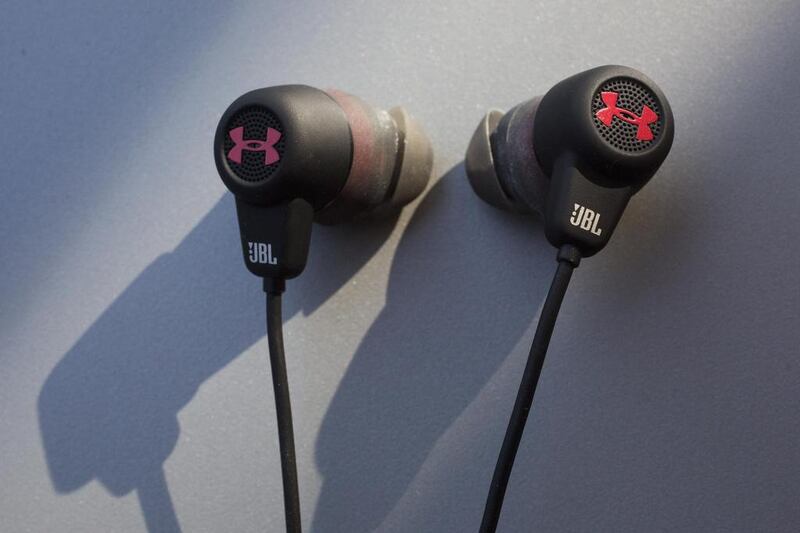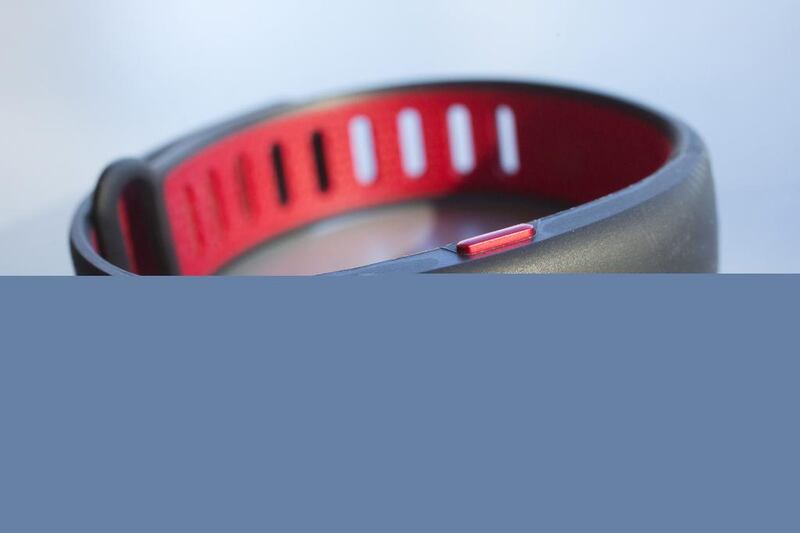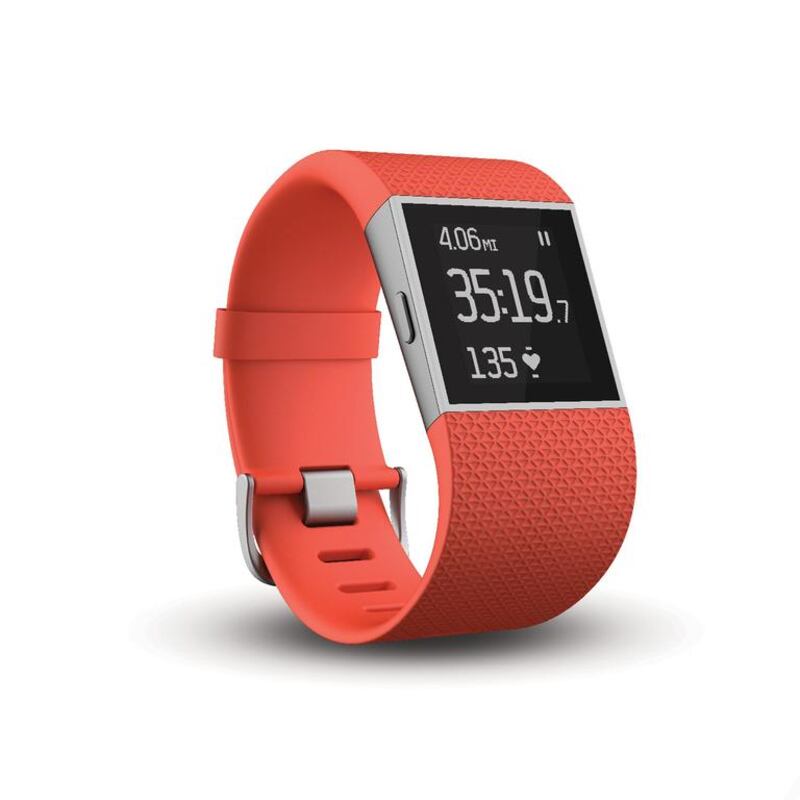You may know Under Armour mostly for its heavily marketed line of athletic sportswear. But the company has bigger ambitions: it’s jumping into the crowded market for wearable gadgets intended to help both athletes and couch potatoes track their fitness.
Its $400 package, called the UA HealthBox, comes out on Friday. Made in partnership with the gadget maker HTC, the HealthBox has a wrist tracker, a heart-rate chest strap and a wireless bathroom scale. Other components – including shoes embedded with tracking sensors – are on the way.
But does it make sense to get all these gadgets from one company? Under Armour isn’t the first with any of these, and rival products do many things as well or better.
The new wrist tracker, UA Band, does the basic jobs of measuring steps, sleep and heart rate. And there’s an asterisk: the device disables heart-rate tracking during runs and spin class. Under Armour wants you to use its UA Heart Rate chest strap instead, as wrist sensors are not as reliable.
Although the chest strap is a pain to wear, there’s an advantage to having those devices working together. A small light on the band changes colour as your pulse increases with workout intensity.
As is typical with fitness trackers, the band automatically detects how long and how well you sleep. It goes further in singling out your last pulse reading before you wake up. That’s your resting heart rate.
For weight control, the UA Scale syncs weight and body-fat percentage with the company’s UA Record app, so you can track your weight. Because it’s a nuisance to log every single meal, it lets you simply rate the day’s meals as light, medium or heavy – although it doesn’t distinguish between calories from vegetables or junk food.
The dashboard of the UA Record app is divided into quadrants for sleep, calories, workouts and daily steps. A circle in the middle is for your weight – normally hidden so you can take screenshots. While other fitness apps tend to make you fish around for information, the Record’s quadrant design gives you a nice summary.
Q&A
Anick Jesdanun tested the UA Health Box over more than 480 kilometres of running, including seven races over the past two weeks at Florida’s Disney World and California’s Disneyland:
How fast did you go?
I aimed for the UA Band’s highest intensity – red – during shorter races, but for full and half-marathons, red meant I wasn’t conserving enough energy for the final miles. The coloured lights help make up for the fact that the band’s display is hard to read during runs.Although the band doesn’t have GPS, it does an adequate job at measuring distance during workouts. It does borrow your phone’s GPS to track route information.
Did the GPS perform well?
As a slowpoke, I got credit for only 14.3 of the 26.2 miles in a marathon. And it broke the marathon into two, possibly because I stopped midway to ride a roller-coaster. That’s one flaw with automated tracking. Normally, you can just hit pause and resume.
Possible solutions?
Coming down the pike from Under Armour are shoes with built-in sensors for tracking runs. Ideally, these might let you ditch your phone and other GPS devices – at least so long as you hit a pace of 10 minutes per mile or faster. That’s a high threshold for many recreational runners. If you have the phone with you, the shoes work with the company’s MapMyRun app to give steadier pace readings, as those based on GPS can be erratic. Under Armour is still working to get that data displayed on the band.
And in conclusion?
This feels like a beginning.
business@thenational.ae
Follow The National's Business section on Twitter
